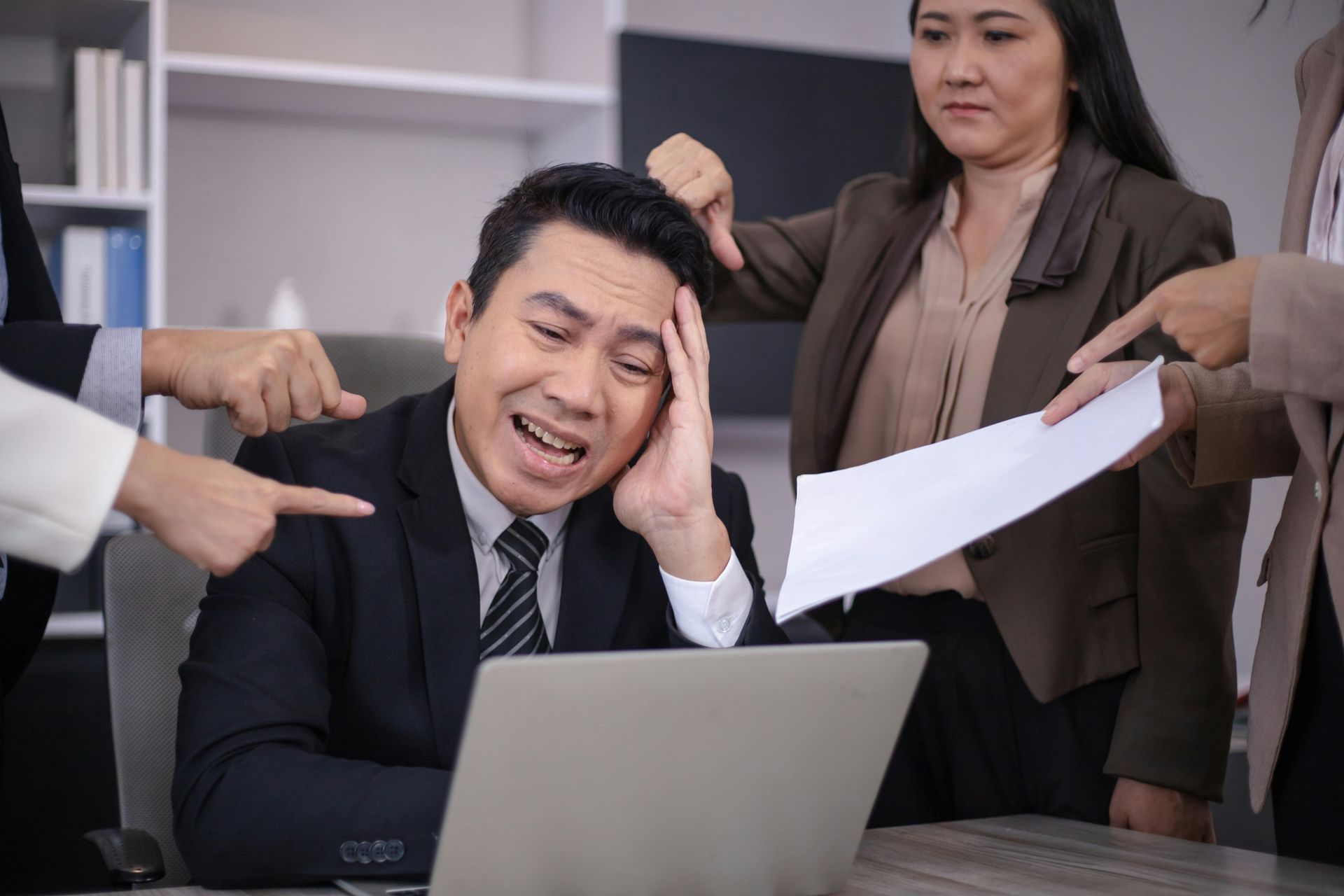Texas Wine & Beer Attorneys
The three-tier system provides for the safe delivery of malt beverages from a manufacturer or supplier to a wholesaler.
Texas TABC Three-Tier System Breakdown
Common Texas Beer Questions
- Can I self-distribute to retailers? No
- Can I ship direct to customers? No
Licensing Beer in Texas:
- What license is required? Nonresident brewer’s license allows sales of all malt beverages
- How much does the license cost? Nonresident brewer’s license is $1,500 for 2 years
- Do I need to have money held in bond? No
- Is there a representative license? No
Registration Of Beer Products:
- Do I need to register products first? Yes, the brand needs to be registered
- Do I need to post prices? No
- Do I need to file my distributor agreement with the state? Yes
- Do I need to file my territory assignments with the state? Yes
Distribution Process For Beer Products:
- How can I get samples of products to retailers? Wholesalers may only provide retailers with samples; 1 six pack of product that has not been purchased previously
- Do I need to be aware of franchise rules? Yes
- Are there primary American source rules on distributor’s purchases? Yes
Filings For Beer Products:
- What’s the state’s excise tax? Beer- $6.00 a barrel; Malt liquor- $6.138 per barrel
- As an out of state supplier, am I responsible for paying excise taxes? No
- Do I need to file a report with the state on what I’ve sold? Yes- a monthly C-231 nonresident brewer’s report
Inner Workings of Texas's TABC Three Tier System
Licensed Brewery:
- Make product
- Package product
- Prepare product for delivery or pick-up
Licensed Distributor:
- contract for delivery or pick-up of product
- collect & remit state excise tax
- market product for sale to retail outlets
- manage product received from manufacturer
- maintain quality of products to be delivered to retail outlets
- prepare product for delivery to retail outlets
- deliver & stock product for sale to retail customers
- maintain quality of stocked product at retail
- maintain operation & functioning of dispensing equipment
Licensed Retailer:
- provide shelf-space for delivery of products from distributors
- ensure appropriate storage for delivery of products from distributors
- ensure product is maintained in a controlled environment
- collect & remit sales tax and/or mixed beverage tax
Need any help?
Additional TABC License Focus
Steps For Licensing Beer & Wine In The State of Texas
Licensing a beer business in Texas involves several key steps, primarily regulated by the Texas Alcoholic Beverage Commission (TABC). Here's a general outline of the process to obtain a beer license in Texas:
- Determine the Type of License or Permit: Texas offers various types of licenses and permits depending on the nature of the business (e.g., brewpub, brewery, distributor, retailer). Determine which specific license or permit fits your business model.
- Prepare Your Business: Before applying for a license, ensure your business location complies with local zoning laws. You might also need to set up your business structure, like forming an LLC or a corporation.
- TABC Prequalification Packet: Download and complete the prequalification packet from the TABC website. This packet includes forms that cover personal information, business details, and other necessary disclosures.
- Local and State Clearances: Obtain required clearances and certificates from local and state authorities. This may include health permits, sales tax permits from the Texas Comptroller, and clearance from the city or county clerk.
- Federal Permit: Depending on your operation (especially if manufacturing or distributing), you may need to obtain a Brewer’s Notice from the Alcohol and Tobacco Tax and Trade Bureau (TTB).
- Submit Your Application: Submit your application to the TABC along with the necessary fees. This can often be done online via the TABC website. Ensure all parts of your application are complete to avoid delays.
- TABC Review: The TABC will review your application, which may include background checks and a review of the moral character of the business owners. They will also ensure compliance with state laws and regulations.
- Inspection of Premises: A TABC inspector might visit your premises to ensure it meets all the necessary requirements for the type of license you are applying for.
- Approval and Issuance of License: Once your application is approved, and all inspections are passed, TABC will issue your license. This process can take several weeks or months, depending on the complexity of your application.
- Maintain Compliance: After receiving your license, maintain compliance with TABC regulations. This includes renewing your license annually, keeping records, and adhering to advertising and sales regulations.
CLIENT MATTERS
5,000+
YEARS OF SERVICE
25+
Award Winning
Recognized in the legal industry as dedicated board-certified lawyers and Rising Stars.
Expert Team
Your project will be handled by legal experts every time. You will have the most experienced attorneys working for you.
Quality Representation











